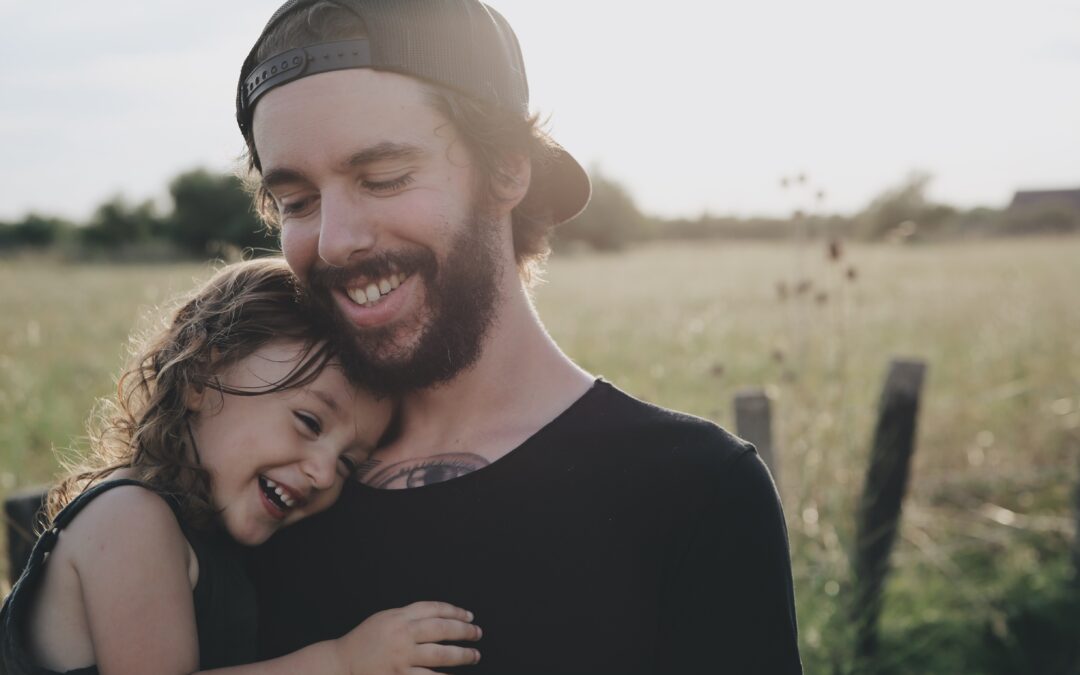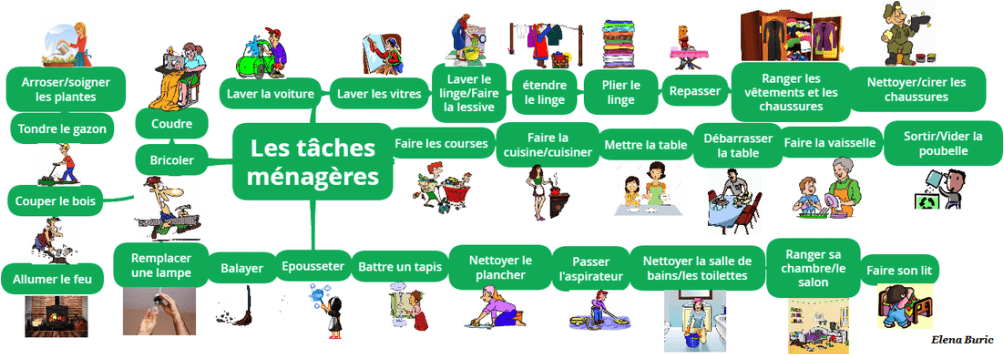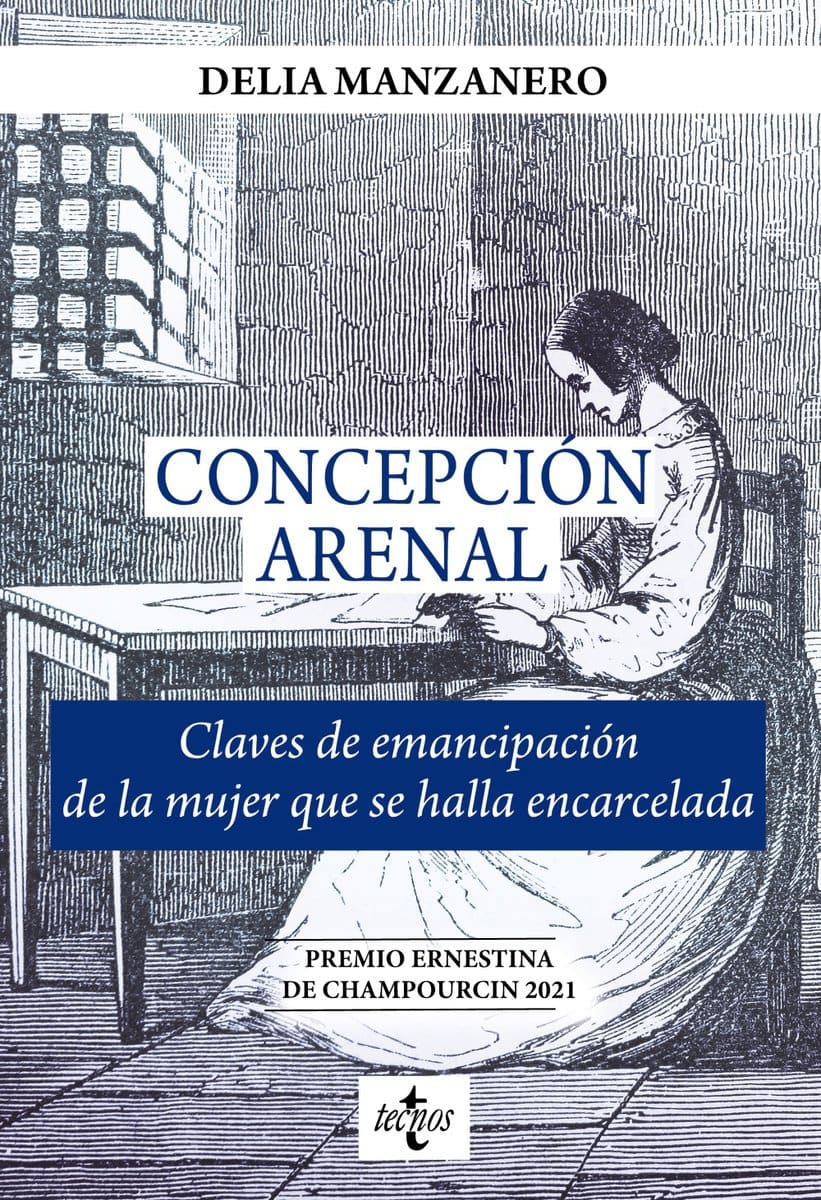The Stigma of the Stay-at-Home Dad
By Amanda Ruggeri 9th February 2023-BBC
While the role of a mum as full-time carer for children is widely accepted, fathers who take the same decision can be judged and isolated.
Ask Steven Lange what he does, and he’ll tell you he’s involved in start-ups. Or that he works from home. Or that he’s semi-retired, though he might go back to work full-time once his youngest child graduates high school next year.
What he’s less likely to say is what he actually feels is most accurate.
“I’m a stay-at-home dad,” says the Ohio, US-based 52-year-old, who worked in branding and product development for 30 years before he began staying home with his children in 2020. “But I don’t think I would ever tell anybody that, or introduce myself that way,” he adds. “I find myself feeling like I need to explain to you that I’m not just folding laundry and cooking dinner and going grocery shopping. I’ve got other stuff I’m doing.”
That self-consciousness persists despite knowing just how beneficial his set-up has been: he’s forged a closer relationship with his teenaged son; he’s been around to help with his new grandchild; and the arrangement has enabled his wife to pursue a master’s degree.
Stay-at-home dads like Lange are becoming more common. In the US, for example, the number nearly doubled from 1989 to 2012. But they’re still relatively unusual. Of US families with opposite-sex, married parents, 5.6% have working mothers and non-working fathers, compared to the 28.6% with working fathers and non-working mothers. (It’s worth noting that this includes people who are unemployed but may be seeking work, so it’s an imperfect estimate). In the EU, it’s even rarer: about one in 100 men pause their careers for at least six months for childcare, compared to one in three women.
That relative rarity means that men who make this choice can feel like the odd ones out – and sometimes are judged harshly. Even in cultures where fathers are expected to be more involved than in the past, they are still expected to be the breadwinners of the family and are frequently stereotyped as less nurturing or domestically adept than mothers.
All of this means that, for fathers like Lange, staying at home with the kids can feel unusual and ostracising – even if they wouldn’t want it any other way.
‘I feel like sometimes I’m being watched’
In countries like the US and Australia, the ideal father is expected to be more engaged in his children’s day-to-day lives than in the past, says Brendan Churchill, a senior lecturer in sociology at Australia’s University of Melbourne, who researches fatherhood.
Even so, “the male breadwinner model lingers. It is reinforced daily in our culture. Think about the advertisements on television or in the newspaper that reinforce the nuclear family of four,” he says. “It also persists in our social policy frameworks, even though there’s been lots of change – our reference point is still that family of four with a male breadwinner.” Maternity leave, for example, remains far more generous in most countries than paternity leave.
This cultural belief that fathers should ‘protect and provide’ can plant an insidious narrative in the heads of stay-at-home dads, even those who feel that they’re best suited to contributing to their families in their role as the primary caregiver.
“In high school, I never pictured myself going to college and having some fancy career. I was just so excited, always, to be a dad,” says Spencer Bouwhuis, 25, in Utah, US. “It’s always been a dream of mine to be a stay-at-home dad.”
But growing up, he never felt comfortable sharing that with anyone, he says. The traditional model he’d been raised with in his community – he is a member of the Church of Jesus Christ of Latter-Day Saints – normally emphasised that fathers should provide for their families, while mothers should look after the home. When he was asked what he wanted to do as an adult, he’d say he wasn’t sure. “I just didn’t think I’d get a positive response” by telling the truth, he says.
Bouwhuis works seasonally, building decks. In 2021, as winter approached, he and his wife decided he would stay home for a few months to watch their then-six-month-old and two-year-old. Despite battling the same challenges as any stay-at-home parent – he particularly remembers an early period of “burnout” from trying to stay on top of home-cooked meals, keeping the house clean, clothes laundered and children cared for – he “loved it”, he says.
Although Bouwhuis is back at paid work again now, he’s still the primary caregiver at least one or two days a week. For his family, this division of labour makes sense. He says his wife tends to have “more of that drive to go out and work”. Even so, he sometimes finds himself battling the messaging he was brought up with: “I just feel like I should be the breadwinner, and I should go out and work [full time].”
In Chicago, Eric Taylor, 43, stays home to care for his two-year-old. As a PhD candidate in clinical psychology, Taylor has a flexible work-from-home set-up while his wife works two jobs out of the house.
Despite his equitable approach to gender and parenting – one of his main career aims is to empower fathers to feel as involved and valued as mothers – he, too, finds himself questioning his role. “I feel like sometimes I’m being watched, like when I’m doing dishes, by some kind of male oversight hierarchy group somewhere that’s watching me and keeping tabs and saying, ‘Why do you do the dishes so much?'”, he says.
Even though Taylor does contribute financially to his family, he’s sometimes pricked by guilt over not being the main breadwinner. “I struggle with feeling like, ‘I’m not providing for my family’,” he says. “I internally struggle with, ‘Are you that guy that just stays home, this kept guy who is maintained by your wife while she goes out and brings home the bacon?'”
What if he wasn’t earning any income at all, and he and his wife decided his main contribution to the family would be caring for his daughter? Taylor doesn’t hesitate. “I couldn’t handle it. No,” he says.
The points of view expressed by the authors of videos, academic or non-academic articles, blogs, academic books or essays (“the material”) are those of their author(s); they in no way bind the members of the Global Wo.Men Hub, who, amongst themselves, do not necessarily think the same thing. By sponsoring the publication of this material, Global Wo.Men Hub considers that it contributes to useful societal debates. Material could therefore be published in response to others.

Amanda Ruggeri
Journalist, Family, Child Development






Commentaires récents